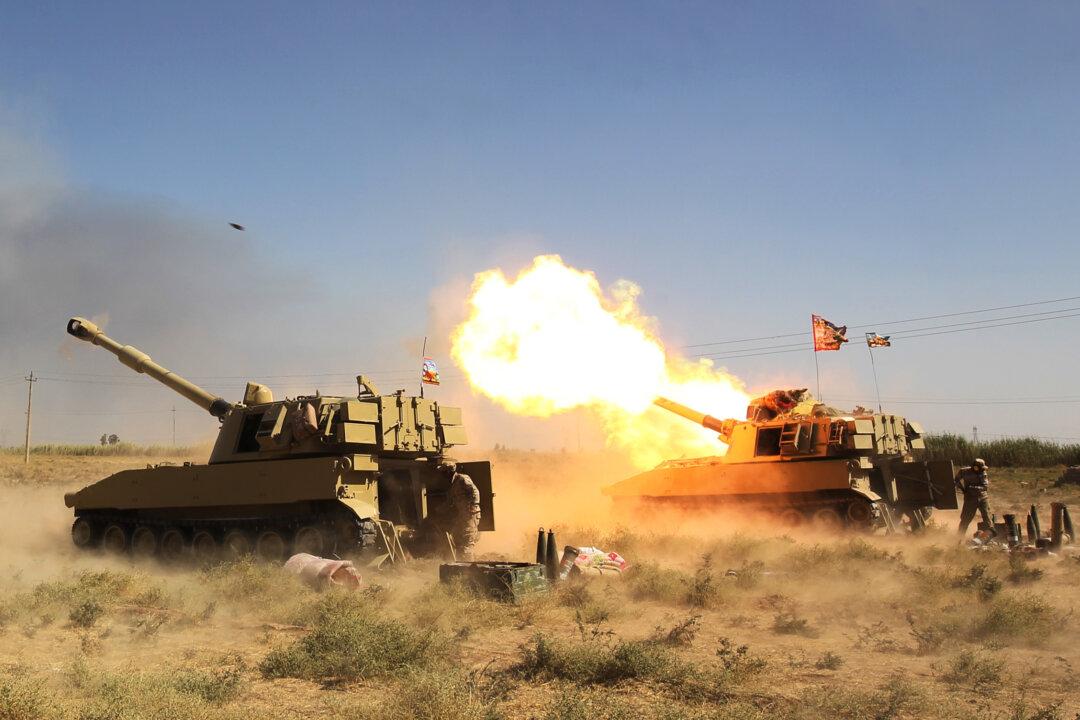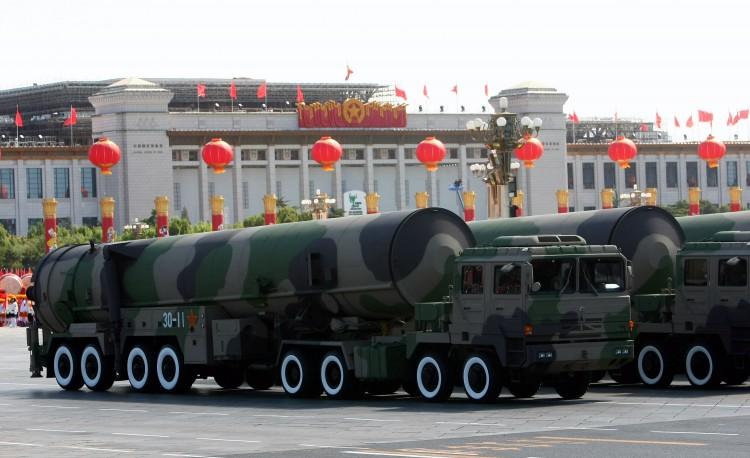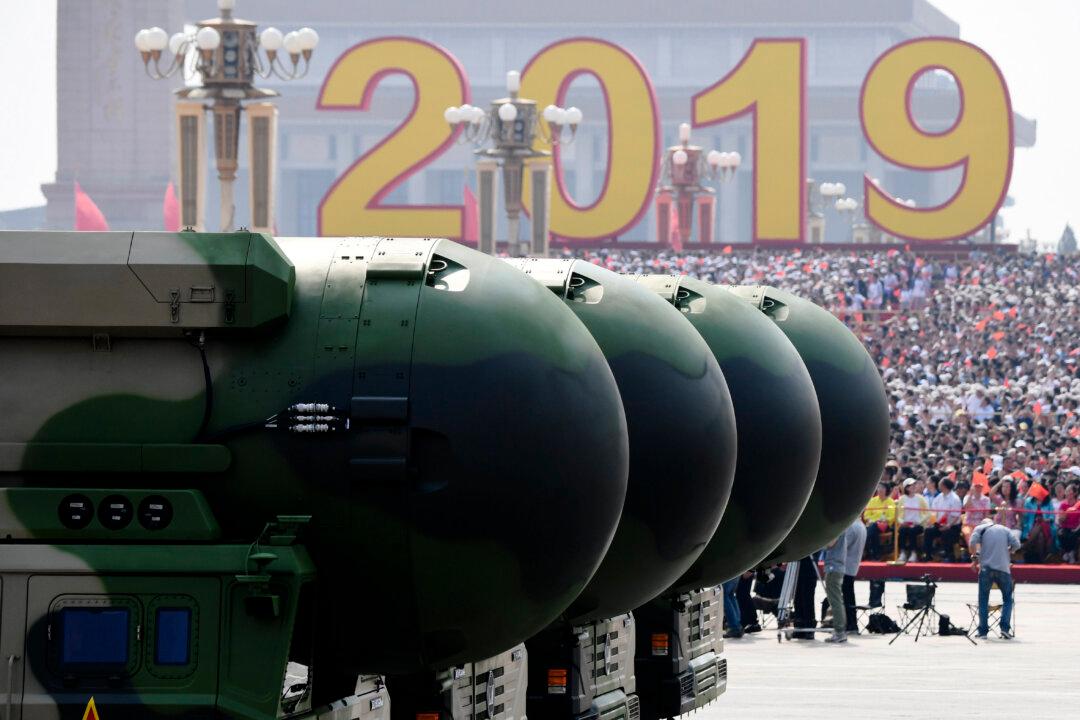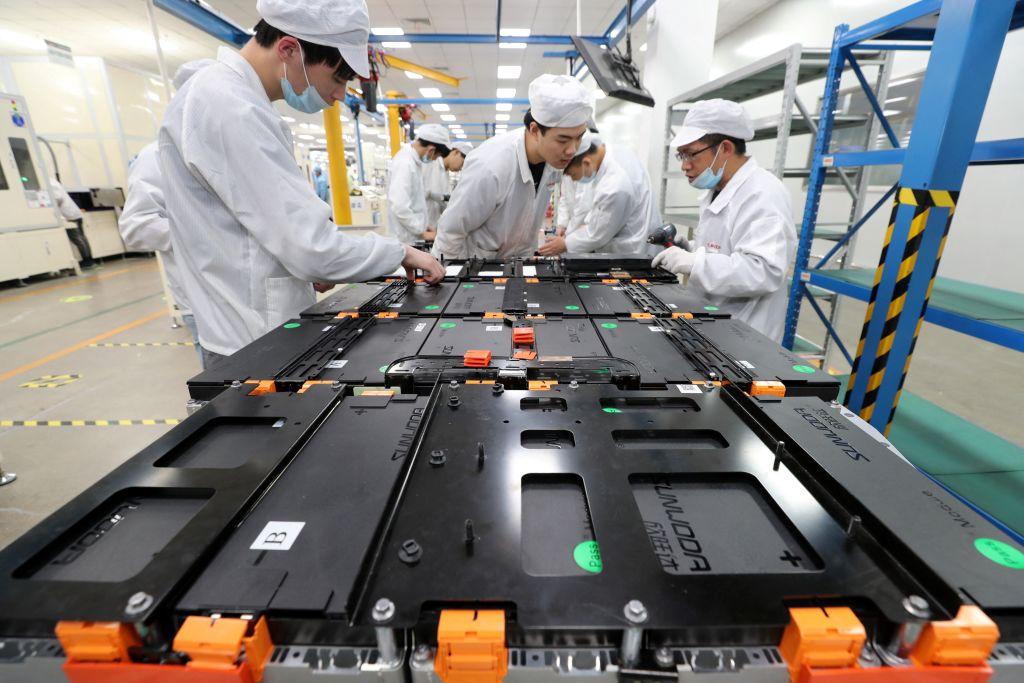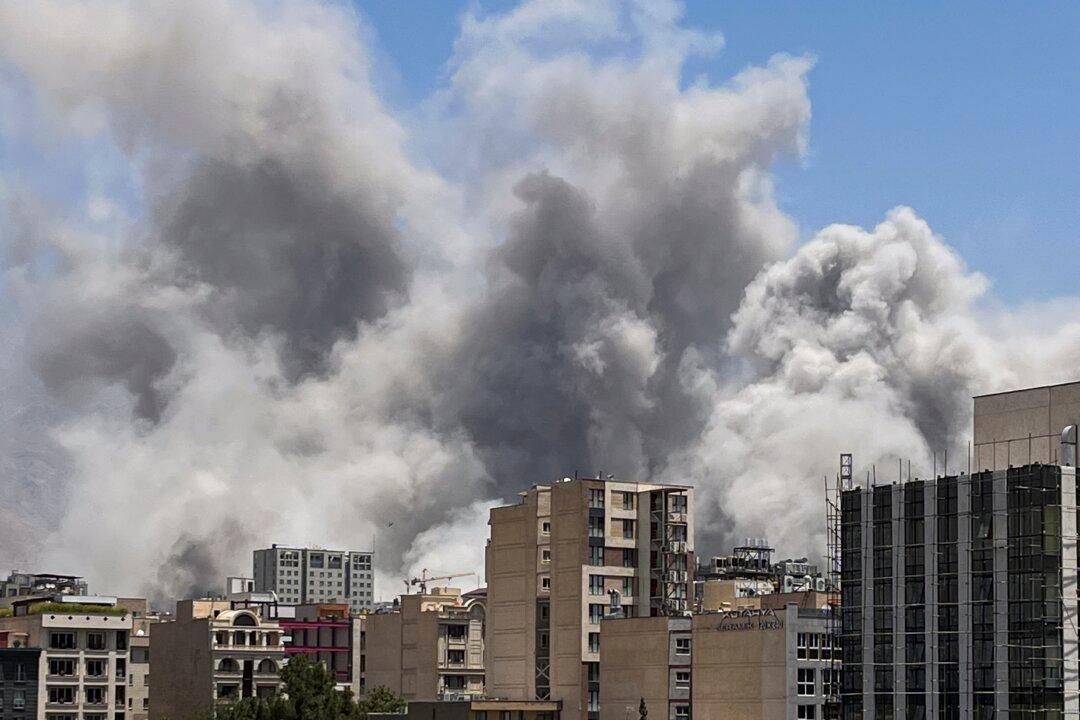Despite the country’s burgeoning military budget, China has not fought a war since 1979. But that hasn’t stopped Chinese weapons from seeing extensive use in conflict zones across multiple continents—and in the hands of the world’s most notorious terrorists and dictatorships.
A recent report compiling three years of research has indicated that as the United States, Russia, and other countries battle the ISIS terrorist group, the biggest proportion of their arsenal originates in Chinese weapons factories. Fully 43 percent of arms captured from ISIS were Chinese-made, compared to 1.8 percent of American origin.
